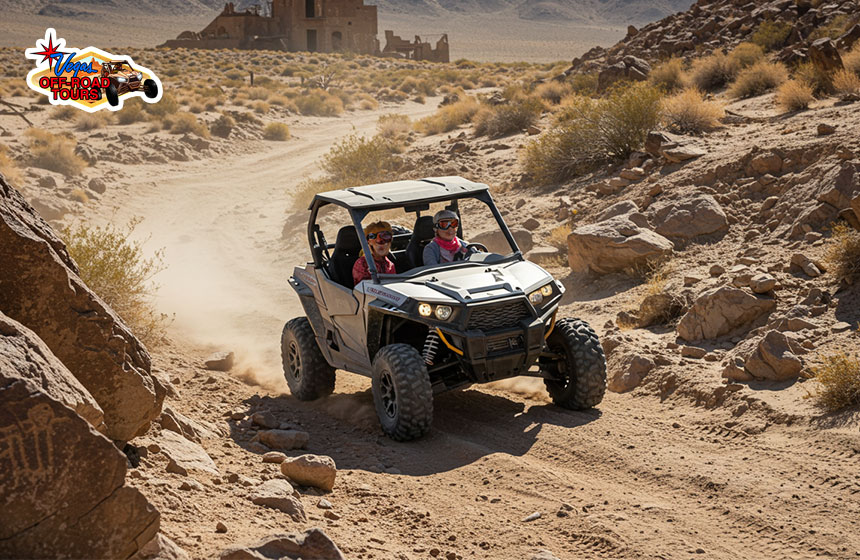Mojave Desert Tortoise Protection: Facts, Threats, and Conservation Efforts in the Southwest
The Mojave Desert Tortoise is one of the most iconic reptiles of the American Southwest. Known for its slow movements and long lifespan, this desert dweller plays an important role in the fragile desert ecosystem. Sadly, its population has been shrinking over the years due to a mix of human activity, habitat loss, and climate change. Protecting this unique species is not just about saving one animal, but also about preserving the balance of an entire ecosystem.
Introduction to the Desert Tortoise
The Mojave Desert is a dry and challenging environment, but the tortoise has survived here for thousands of years. With strong legs and the ability to store water in its bladder, it can go months without drinking. These adaptations help it thrive in a place where summer temperatures can rise above 120 degrees.
This tortoise can live for up to 80 years and spends most of its life in underground burrows to escape extreme heat and cold. These burrows also become shelters for other animals, making the tortoise a true “keystone species” that supports many forms of desert life.
Why the Desert Tortoise Matters
Saving this species is about more than compassion for wildlife. Its role in the ecosystem is vital. Some key reasons include:
Burrow builders: Their burrows provide refuge for lizards, snakes, insects, and even small mammals.
Soil health: By digging and moving soil, they help recycle nutrients.
Ecosystem balance: Their diet of desert plants controls vegetation growth.
Without them, the desert would become a less diverse and less resilient place.
Threats Facing the Mojave Desert Tortoise
Unfortunately, this ancient survivor is now considered a threatened species under the Endangered Species Act. Several factors have led to steep population declines:
Habitat Loss
The expansion of roads, housing developments, and solar energy projects has reduced the natural areas where tortoises live. Fragmented habitats make it harder for them to find food, mates, and safe places to burrow.
Vehicle Strikes
Tortoises often cross roads in search of food or territory. With more highways running through the desert, they face a much higher risk of being struck by vehicles.
Disease
A respiratory disease has spread among wild populations, weakening the tortoises and lowering survival rates. This illness spreads more easily when tortoises are kept as pets and then released back into the wild.
Predators
Ravens, coyotes, and other predators have become a bigger threat. In some areas, raven populations have exploded because they can scavenge human trash, and young tortoises are especially vulnerable to them.
Climate Change
Shifts in rainfall and rising temperatures put additional stress on desert vegetation, reducing the tortoise’s food supply. Extreme weather also affects their survival rates.
Conservation Efforts in the Southwest
Efforts to protect this species are ongoing, with government agencies, nonprofits, and local communities working together. Some of the major conservation strategies include:
Habitat Protection
Large areas of the Mojave Desert have been set aside as critical habitats. These protected lands help ensure that tortoises have safe places to live without interference from construction or heavy vehicle traffic.
Roadway Measures
In areas where highways cut through tortoise habitats, wildlife crossings and fencing are being installed. These projects reduce the number of tortoises killed on the road.
Head-Starting Programs
Young tortoises face the highest risk of predation. Some conservation groups are raising hatchlings in safe, protected environments until they are large enough to survive on their own.
Public Awareness
Educating people is one of the most powerful tools for conservation. Visitors to the Mojave are encouraged to avoid disturbing tortoises, to stay on designated trails, and to report sightings to local wildlife agencies.
Research and Monitoring
Scientists continue to track tortoise populations and study their health. Ongoing research provides crucial data that guides conservation policies.
For more details on conservation efforts, you can explore resources from the U.S. Fish and Wildlife Service and the Desert Tortoise Council.
How You Can Help Protect the Tortoise
You don’t need to be a scientist to make a difference. Everyday choices matter, and there are simple ways to help:
Drive carefully in desert areas, especially near known tortoise habitats.
Never remove a tortoise from the wild or keep it as a pet without proper permits.
Support conservation organizations working in the Mojave Desert.
Spread awareness among friends and family about the challenges this species faces.
By acting responsibly, visitors and residents alike can contribute to the long-term survival of this remarkable reptile.
Facts About the Desert Tortoise
To appreciate this species even more, here are some interesting facts:
They can live more than 60 years in the wild.
Adults grow up to 15 inches long and can weigh over 15 pounds.
They spend about 95 percent of their lives underground.
A single tortoise burrow may be used by more than a dozen other animals.
They can survive almost an entire year without fresh water, relying on stored reserves.
The Future of the Mojave Desert Tortoise
The path forward will not be easy. Population numbers remain low, and challenges like climate change are difficult to solve quickly. Still, there is hope. Conservation projects are making a difference, and local communities are becoming more engaged in protecting their desert neighbor.
The Mojave Desert Tortoise has survived for thousands of years against harsh conditions. With continued protection, it can thrive for many generations to come. Each effort, no matter how small, helps ensure that this symbol of desert endurance remains part of the Southwest’s natural heritage.
Final Thoughts
The tortoise is more than a creature moving slowly through the sand. It represents resilience, patience, and the interconnectedness of desert life. Protecting it is about safeguarding the Mojave itself. When we work to save the Mojave Desert Tortoise, we also protect countless other species that rely on the same land.
If you ever find yourself in the Mojave Desert, take a moment to appreciate the landscape and its hidden treasures. With care, respect, and action, we can make sure that the tortoise continues to wander its desert home long into the future.


